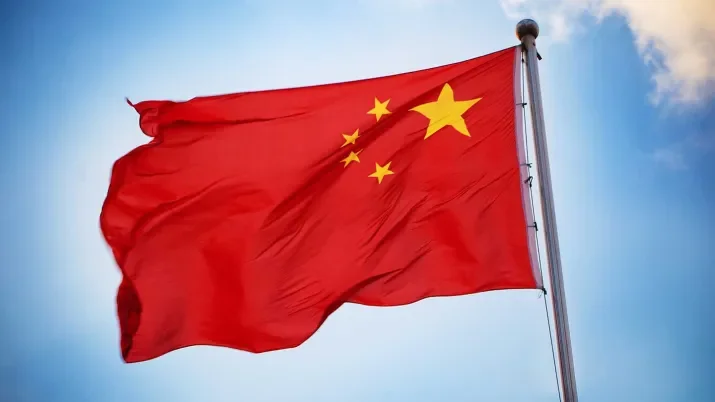Four reasons why metals are in for a long-term upswing
Quantitative Investments
Precious and industrial metals are on a winning streak. Gold is nearing a new record, silver has soared to a 6-year high and copper is up by more than 30% compared to its March lows. It is unlikely that these are just fleeting moments of short-lived strength but instead signs of a positive, long-term trajectory. There are four reasons for this:
- Monetary policy: Investors are flocking towards real assets turning their backs on negatively yielding fixed income holdings as central banks push real interest rates into negative territory in a bid to stimulate the COVID-stricken economies.
- Fiscal policy: Fiscal spending has increased across the globe to stabilize ailing economies grappling with the consequences of the pandemic. This has reawakened inflation fears as growing debt burdens could push politically motivated central banks to print money until inflation re-appears and starts eating away at the debt piles. As metals tend to act as inflation hedges, they are likely to benefit from this development. As a case in point, silver rallied by more than 350% in 2010, when only a few central banks upped their liquidity measures in their markets.
- Green energy transition: As politicians around the globe target a green recovery, industrial metals have started to price in changes in demand. The recent (green) EU recovery plan should stimulate the demand for silver (used in solar panels), platinum (used in hydrogen cars) and palladium (used to lower emissions in traditional gasoline cars). Copper is set to benefit tremendously from the expected increase in electric vehicle (EV) sales. Each electric vehicle has 60 kilograms more copper than a traditional car, since copper is the main metal used for building the electrical grid of EVs. A US election victory for Joe Biden would further accelerate these trends as well as the demand for the metals linked to them.
- Supply side constraints: Due to COVID-19 lockdowns, the supply of industrial and precious metals is constrained. Mexico, Peru, Bolivia Chile and South Africa are among the countries most affected by the virus, which has imposed serious limitations on mining activities and project developments for aging mines there. In addition, the economic declines in these countries could raise social and political risks making the necessary investments into new production capacities highly uncertain, which could result in more long-term supply bottlenecks counteracting demand increases.
More upside for gold and silver
Despite its impressive price rally, silver is far from running out of steam. This is because current silver price levels are still 50% below their 2011 highs, when the monetary policy measures were only a fraction of what they are today. In fact, silver prices might reach 40 US dollars per troy ounce in the coming years. Also, gold has not reached peak levels yet with 2000 US dollars per troy ounce being well within the range of possibilities by the end of this year. Since we expect to see global real interest rates to drop further in 2021, gold prices above 2200 are possible.




